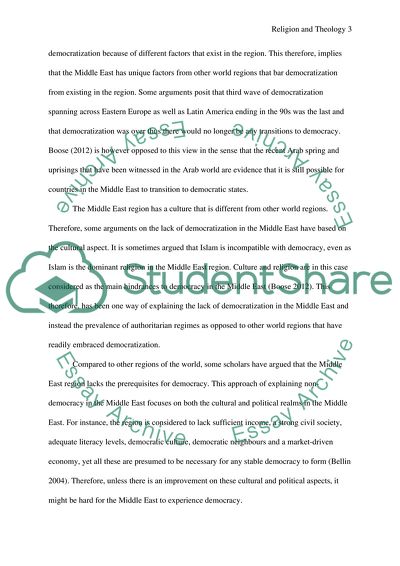Cite this document
(How Exceptional Is the Middle East Compared to Other Regions of the Globe Assignment Example | Topics and Well Written Essays - 2500 words, n.d.)
How Exceptional Is the Middle East Compared to Other Regions of the Globe Assignment Example | Topics and Well Written Essays - 2500 words. https://studentshare.org/religion-and-theology/1880878-middle-east
How Exceptional Is the Middle East Compared to Other Regions of the Globe Assignment Example | Topics and Well Written Essays - 2500 words. https://studentshare.org/religion-and-theology/1880878-middle-east
(How Exceptional Is the Middle East Compared to Other Regions of the Globe Assignment Example | Topics and Well Written Essays - 2500 Words)
How Exceptional Is the Middle East Compared to Other Regions of the Globe Assignment Example | Topics and Well Written Essays - 2500 Words. https://studentshare.org/religion-and-theology/1880878-middle-east.
How Exceptional Is the Middle East Compared to Other Regions of the Globe Assignment Example | Topics and Well Written Essays - 2500 Words. https://studentshare.org/religion-and-theology/1880878-middle-east.
“How Exceptional Is the Middle East Compared to Other Regions of the Globe Assignment Example | Topics and Well Written Essays - 2500 Words”. https://studentshare.org/religion-and-theology/1880878-middle-east.


